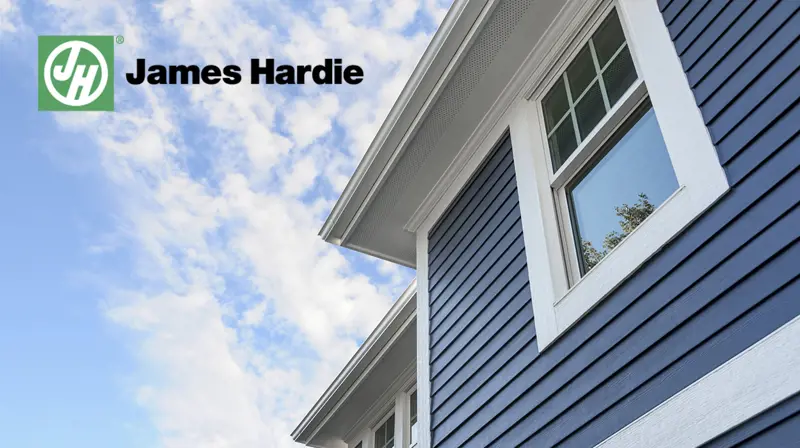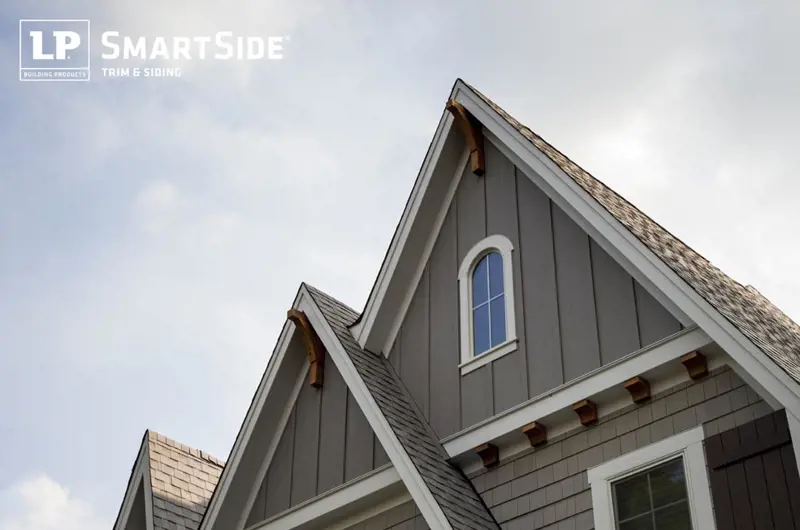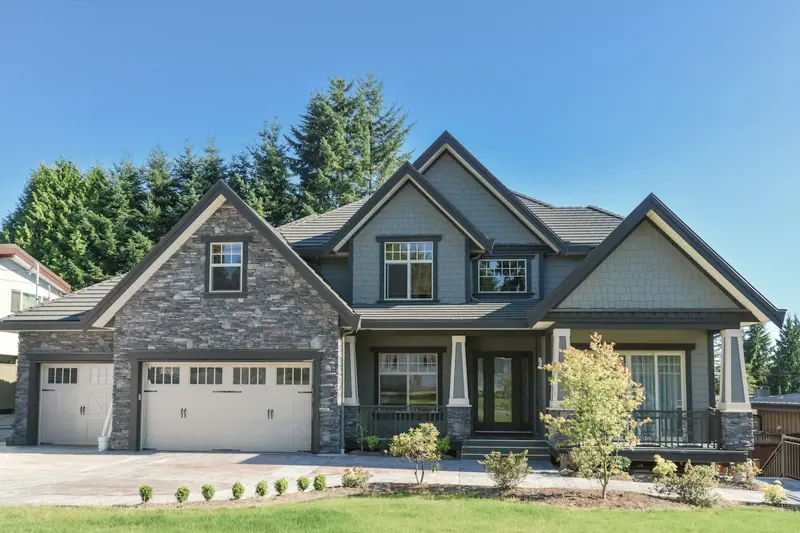
Types of Siding Materials
House Siding Options
Siding is designed to protect the exterior walls of your home (or other buildings). It also provides insulation, impacts your home’s appearance, and is also one of your home’s first lines of defense against the elements.
There are lots of materials to choose from for your home’s cladding (siding), each has its own benefits and drawbacks. Ultimately you should choose a material that meets your needs regarding efficiency, durability, maintenance-level, and of course, cost.
In this guide, I’ll explain some of the pros and cons of each material. If you have a particular material in mind, use the links below to skip ahead to that section of this post.
- Vinyl Siding
- Wood Siding
- Engineered Wood Siding
- Aluminum Siding
- Fiber Cement Siding
- Brick Siding
- Stucco Siding
- Stone Veneer Siding
Vinyl Siding
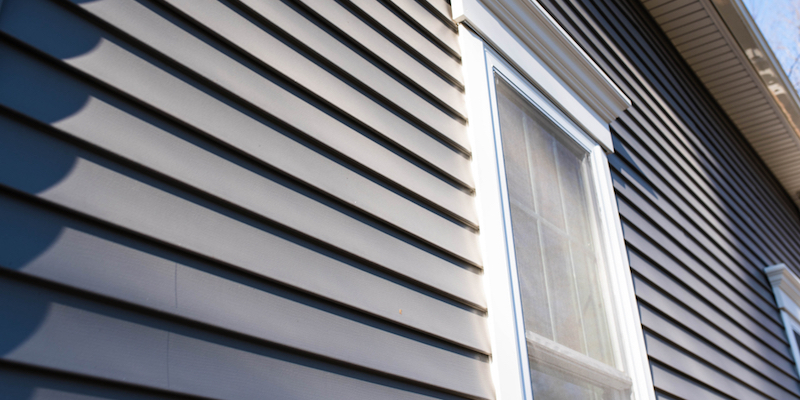
Pros
- Low-cost
- Low-maintenance
- Very popular
- Lots of options
- Bug and insect resistant
- Water-resistant
Cons
- Can rattle in high winds
- Can crack, melt, and burn
- Wood imitations definitely look like imitations
- Susceptible to fading
Wood Siding
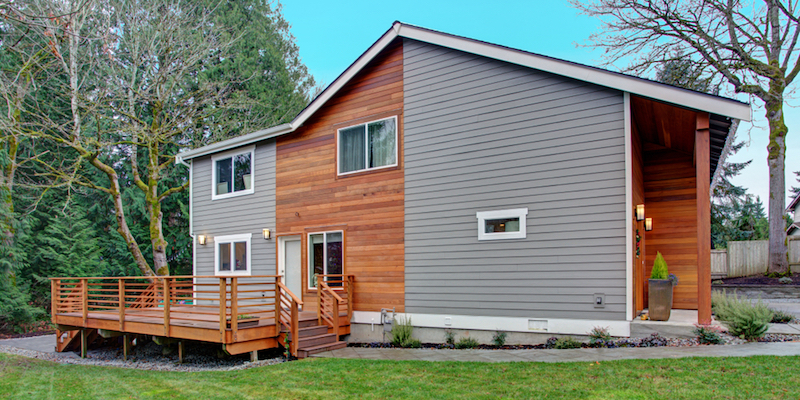
Pros
- Looks beautiful
- Impact-resistant
Cons
- Expensive
- Requires regular maintenance/refinishing
- Can warp, twist, and burn
- Vulnerable to rot, insects, and other critters
Engineered Wood Siding
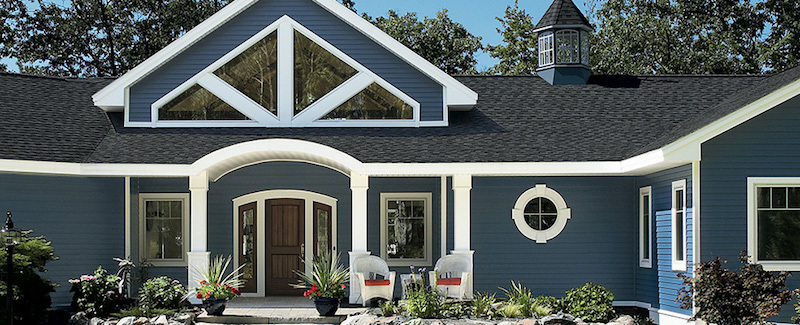
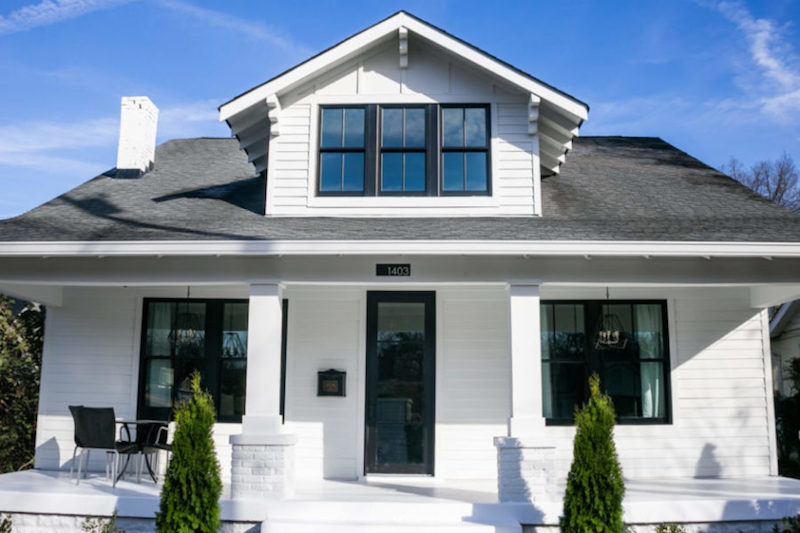
Pros
- Most products are made from recycled wood
- Weather-resistant
- Resistant to warp and deterioration
- Impact-resistant
- Resistant to mold, mildew, and insects
- More realistic wood texture than vinyl
- More affordable than real wood
- Low-maintenance
Cons
- Binders used in manufacturing the product aren’t “green”
- Damage to exterior coating can leave the wood vulnerable to moisture
- Exterior needs to be painted regularly
Aluminum Siding

Pros
- Multiple thickness options
- Lower end aluminum siding is very inexpensive
- High-end aluminum siding can last several decades
- Can offer good insulation value
- Waterproof protects against moisture problems
- Recyclable material, “green” material
- Fire-resistant
- Rust-resistant
Cons
- Dents and scratches easily
- Color fades over time
- Noisy during high winds and when the metal expands/contracts
Fiber Cement Siding
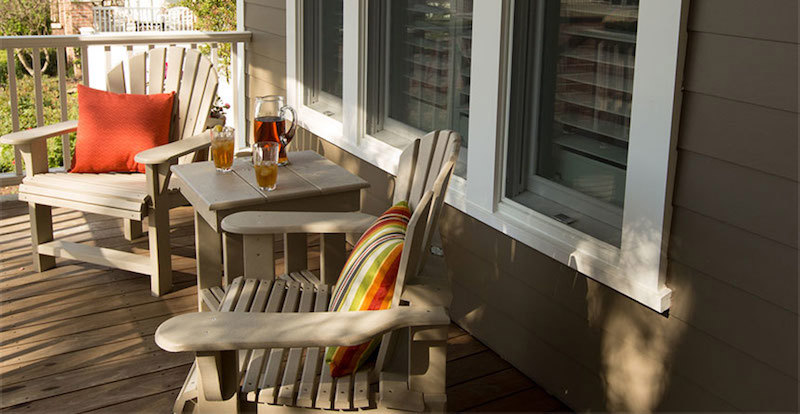

Pros
- Wood textures are more realistic than in other materials
- Available in smooth textures
- Weather-resistant
- Rot and insect resistant
- Highly durable when installed properly
- Fire-resistant
Cons
- Moderately expensive
- Brittle and can chip during installation
- Requires periodic refinishing
Brick Veneer Siding
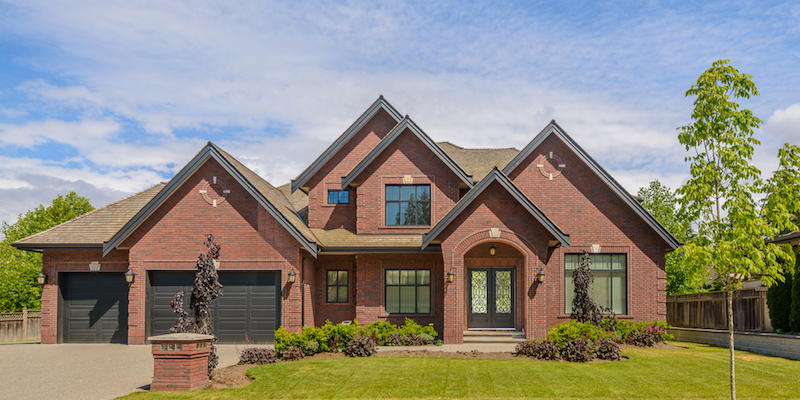

Pros
- Extremely durable
- 100-year life span
- Practically maintenance-free
- Can be painted
- Fire-resistant
- Impact-resistant
- Resistant to noise transmission
- Energy-efficient
- High resale value
- “Green” building material
Cons
- Requires additional support to prevent it from settling and cracking
- Expensive
- Mortar can crack
- Not recommended for houses in areas with heavy traffic or where earthquakes are common
- Susceptible to moisture retention during heavy rainfall
- Becomes discolored after time
Stucco Siding
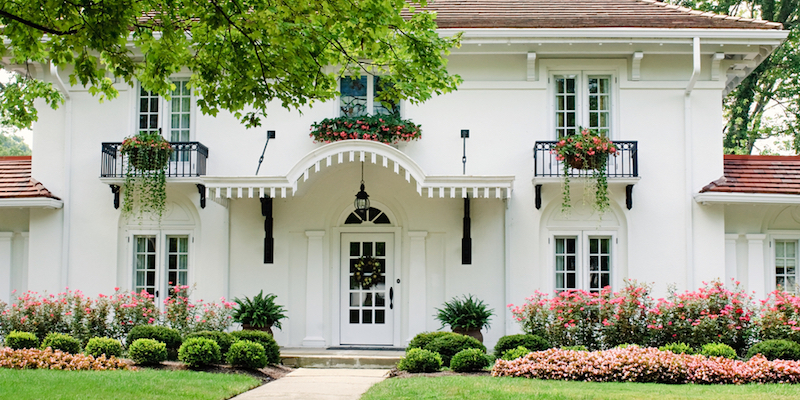
Pros
- Very durable
- Can be painted
- Energy efficient
- Fire resistant
- Quiets outside noise
Cons
- Brittle, can be damaged by direct strikes and requires immediate patching
- Stains easily (think tree sap or chemicals that are sprayed nearby)
- Requires expert installation
- Installation is expensive
- Does not react well to excess moisture
Manufactured Stone Veneer Siding
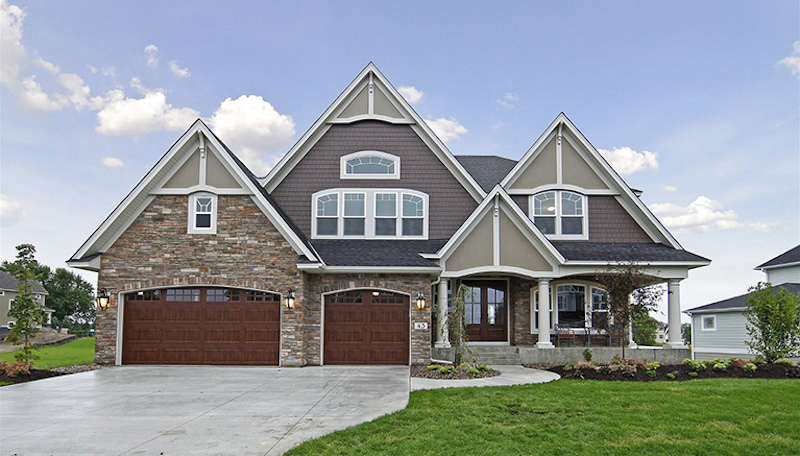
Pros
- Long life span - typically 25 years or more
- Low-maintenance
- Mold and mildew resistant
- Highly durable
- More affordable than brick
- Lots of variety
- Lightweight and easy to work with
Cons
- Installation must be done properly to avoid moisture issues
- Cheap stone veneer is painted and can dull over time
- Vibrations can cause mortar to crack
Oops!
We don't currently serve your area but do want to help you plan your project. Try our Build & Price tool to get an idea of window & door costs within DFW. Your area may be higher or lower but at least you'll have some idea of the price.
Thanks for stopping by.




